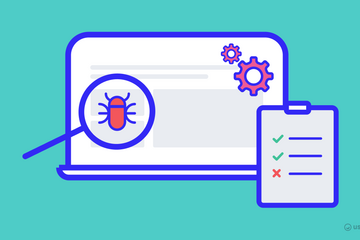We found 84 results that contain "text"
Posted on: #iteachmsu

Navigating Context
Section 1.10.32 of "de Finibus Bonorum et Malorum", written by Cicero in 45 BC
Authored by:
Super Admin - R

Posted on 1: #iteachmsu

Section 1.10.32 of "de Finibus Bonorum et Malorum", written by Cicero in 45 BC
NAVIGATING CONTEXT
Authored by:
Super Admin - R

Posted on: #iteachmsu

Navigating Context
The number of cells can be gradually increased to four across
Authored by:
Super Admin - R

Posted on 1: #iteachmsu

The number of cells can be gradually increased to four across
NAVIGATING CONTEXT
Authored by:
Super Admin - R

Posted on: #iteachmsu

Navigating Context
Posted on 1: #iteachmsu

Achieving work life balance is possible with effective time management. Learning time management tip
NAVIGATING CONTEXT
Posted by:
Super Admin
Posted on: #iteachmsu

Navigating Context
How does generative AI work? -- 935
Authored by:
Vijayalaxmi Vishavnathkam Santosh Mali Mhetre 935

Posted on 1: #iteachmsu

How does generative AI work? -- 935
NAVIGATING CONTEXT
Authored by:
Vijayalaxmi Vishavnathkam Santosh Mali Mhetre 935

Posted on: #iteachmsu

Navigating Context
Web Content Accessibility Guidelines (WCAG) 2.2
Authored by:
Vijaya

Posted on: Additionally added

Disciplinary Content
What is Attention Deficit Hyperactivity Disorder?
Authored by:
Admin

Posted on: 9 Proven Time Management Techniques and Tools | USAHS

Navigating Context
Poor Listening Skills
Authored by:
Chathuri Super admin

Posted on: Nutrition -- Edited...

Navigating Context
What is nutrition and why is nutrition important?
Authored by:
Shravya Mhetre

